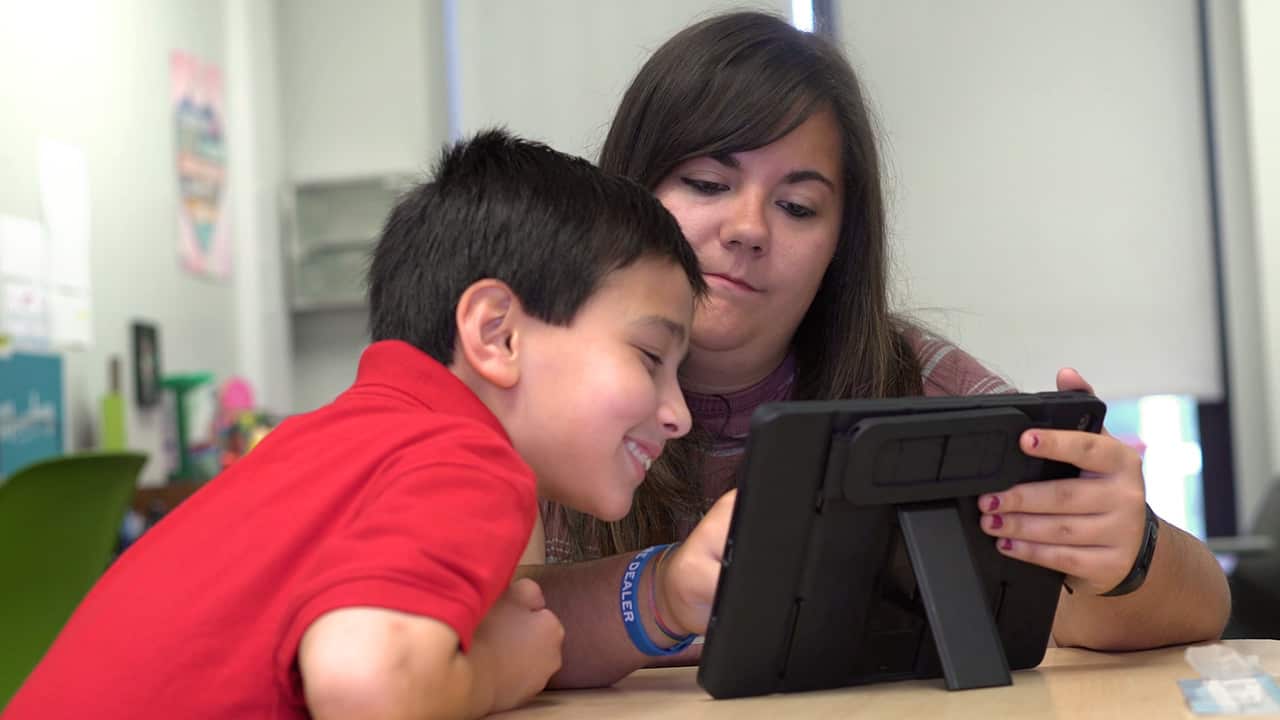In 2018, the U.S. Department of Education (USDOE) increased the federal funding budget to $3.9 billion, with many of these dollars going to education programs that support health and safety, teacher quality, college and career readiness and students from low-income households.
Individuals With Disabilities Act
As part of the budget, the USDOE’s special education programs also received increased funding through the Individuals with Disabilities Act (IDEA).
IDEA is an important cornerstone in both guidance and funding for students who require special education services and, when combined with general education, help to meet the needs of all learners. Good stewardship of funds and collaboration of stakeholders are both critical, but in school funding, strategic decision-making and the pursuit of additional funds are also essential elements for success.
What do these budget shifts mean for students, teachers, schools and districts?
Based on earlier practices, these new funds may continue to be distributed to states in the form of grants. The more that teachers and school leaders know, the more empowered they may be to participate in the grant funding process.
Check out this guide for more information on grant funding, with tips on the types of grants available and how to apply for them.
It’s important to keep in mind that funding alone will not solve all of a school’s or district’s problems or fulfill student needs. Funding that is available to schools still must be spent intelligently and strategically to achieve the goals at the local level.
The Correct Way to Write Grants
Awareness of the many funding opportunities through corporate and foundation grants, as well as knowing the correct way to write an effective grant proposal, can be a powerful tool.
Grants can be key funding sources for district, school and classroom leaders who are committed to providing students with the greatest opportunity to learn and achieve their potential.


